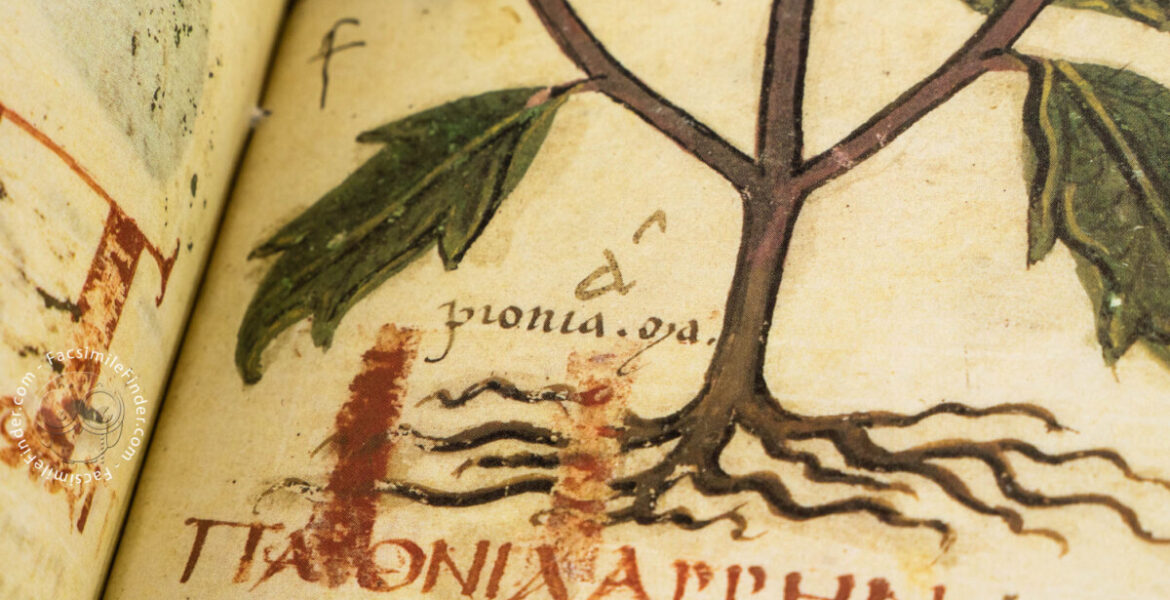In a fascinating revelation, the historical accounts of copper's use for medicinal purposes shed light on the wisdom of ancient civilizations. Greek physician Dioscorides documented a green pigment derived from exposing metallic copper to vinegar vapour, employing it in eye treatments, an early example of copper's potential healing properties. While some ancient remedies have been met with scepticism in the modern era, it seems that certain beliefs regarding copper's therapeutic attributes were indeed well-founded.
The utilization of copper in medicine traces back to antiquity, with evidence recorded in the ancient Egyptian Smith Papyrus dating around 3000 BC. This historical text highlights copper's disinfectant capabilities. The Ebers Papyrus, dating to approximately 1500 BC, recommended various forms of copper for treating ailments ranging from burn wounds to headaches.
Copper's role in healing extended beyond Egypt. Cultures such as the ancient Greeks, Chinese, and Ayurvedic practitioners in India embraced the belief that drinking water from copper vessels could prevent infections and purify water, safeguarding against issues like diarrhea. The Phoenicians took innovative measures, using shavings from their copper-rich bronze swords to ward off infections in battle wounds.
Dioscorides, a Greek physician, detailed using a green pigment derived from metallic copper exposed to vinegar vapour for eye treatments. The Hippocratic Collection suggested copper for treating leg ulcers, while Pliny mentioned its applications in addressing intestinal worms, mouth ulcers, and ear problems. The Aztecs turned to gargle with a copper mixture to alleviate sore throats, and Mongolian tribes employed copper sulphate to heal venereal ulcers. As scientific understanding advanced, copper's popularity as a universal remedy waned, replaced by evidence-based medicine and concerns over its potential toxicity, which could result in symptoms like vomiting, diarrhea, cramps, headaches, and even organ or neurological issues.
In recent times, Bill Keevil of the University of Southampton conducted a study on copper's antimicrobial properties. After decades of examining how various viruses react upon contact with copper, he demonstrated copper's enduring antimicrobial effect, effectively eradicating different pathogens within minutes. Keevil has proposed the incorporation of copper surfaces in hospitals, such as tray tables, bed railings, and intravenous poles, given copper's proven ability to keep these surfaces free from microorganisms.
Copper's distinctive atomic composition contributes to its antimicrobial prowess, rendering it, as Keevil describes, a "molecular oxygen grenade." The underlying science is captivating: upon contact with copper, ions assault pathogens akin to a barrage of missiles, disrupting cellular respiration, puncturing cell membranes or viral coatings, and generating free radicals that expedite destruction.
Evidently, even before the knowledge of viruses, germs, or bacteria emerged, the intuitive wisdom of ancient cultures recognized copper's disinfectant potential for healing. This ancient insight holds significant promise for contemporary public spaces and modern medicine."
Copper In The 21st Century
Copper jewellery worn directly on the skin has been used for a hundred years or more as a remedy for many ailments, including arthritis. Now, copper bracelets to ease joint and arthritis pain are ubiquitous in health food stores, and health magazines and catalogues.
With the understanding that copper deficiency can result in grey hair, skin wrinkles, crow’s feet, varicose veins and saggy skin, copper has recently been touted as a “Fountain of Youth” for its ability to improve the elastic fibre in skin, increase skin flexibility, and act as an anti-wrinkle treatment. It has even been said to be able to return grey hair back to its natural colour.
As modern researchers continue to investigate the role of copper in the functioning of the human body, the efficacy of copper as a trace element critical to human health and wellness is slowly but surely being discovered . . . or, shall we say, rediscovered, since the incredible healing properties of copper have been understood and used throughout human history.


